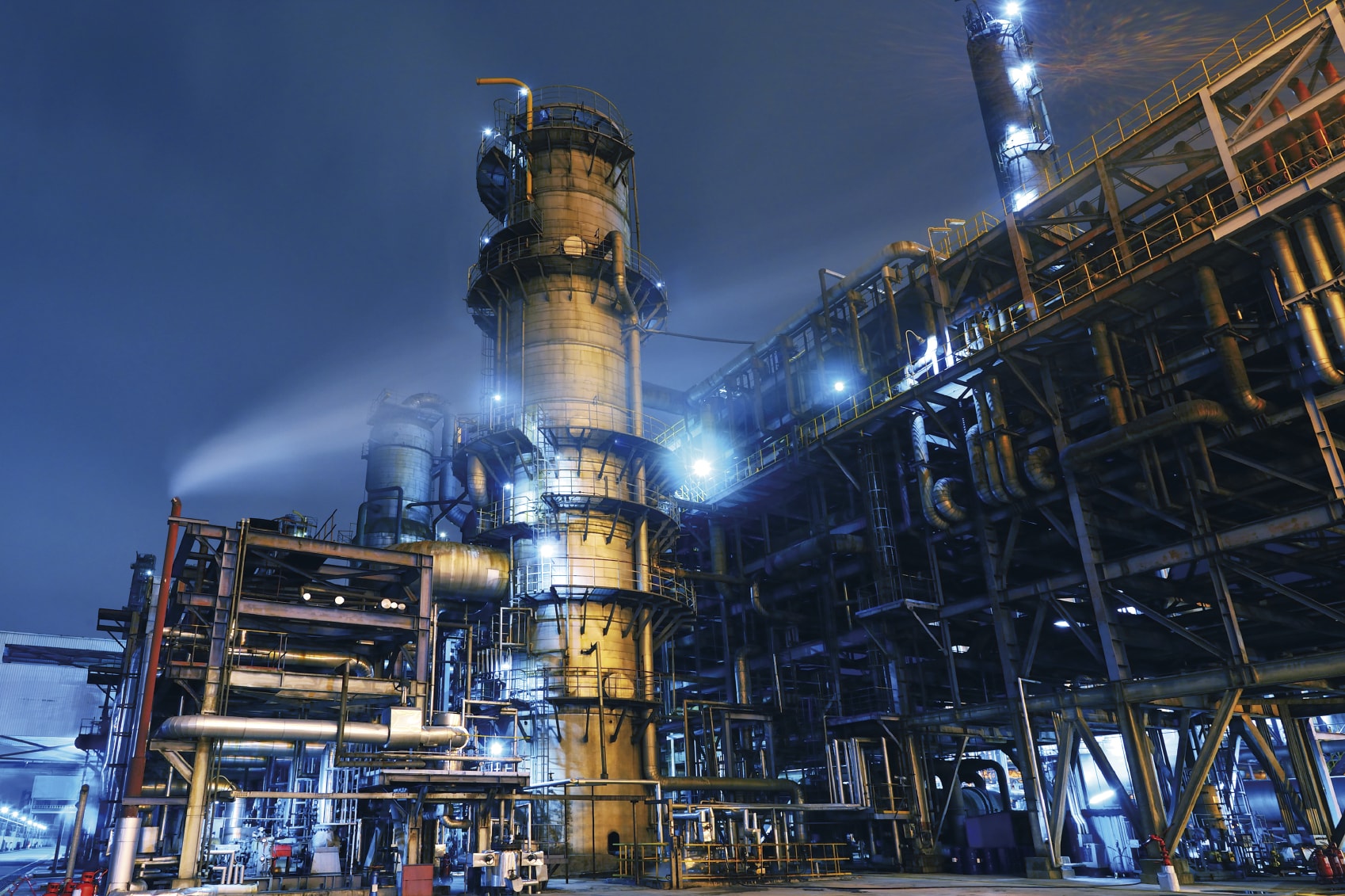The recent rally in crude, which is trading over 66% higher than its February 2016 lows, has triggered a considerable surge in interest in beaten-down oil stocks. One that is garnering considerable attention is troubled upstream producer Baytex Energy Corp. (TSX:BTE)(NYSE:BTE). Some analysts claim it is the best leveraged play on higher oil.
Now what?
Way back in 2014, Baytex made a game-changing acquisition, buying Australian oil explorer and producer Aurora Oil and Gas Ltd. in a deal worth $2.6 billion. Baytex assumed Aurora’s $744 million in debt and obtained its premier oil acreage in what is considered to be the sweet spot of the prolific U.S. Eagle Ford shale.
Nonetheless, this acquisition couldn’t have come at a worse time. Oil prices collapsed later that year and placed considerable pressure on Baytex because of its massive debt load. With the prolonged slump in crude continuing for far longer than many analysts and industry insiders predicted, Baytex’s financial position remains under pressure.
Weak crude caused Baytex’s second-quarter 2016 netback, a key measure of operational profitability, to plunge by almost 30% year over year. This sharply impacted its cash flow, which plunged to less than half of what it was a year earlier. Furthermore, its bank EBITDA, the key measure for evaluating if it has breached its financial covenants, plunged by 43%.
However, on a positive note, Baytex’s operating and transportation expenses continue to fall–down by an impressive 51% and 19%, respectively, when compared to the second quarter 2015. This certainly bodes well for Baytex’s ability to generate higher margins as oil prices move higher.
A more worrying aspect of Baytex’s financial health is that its debt continues to rise. Net debt by the end of the second quarter was almost 7% higher than it was at the end of the same period in 2015.
Nevertheless, Baytex has restructured its debt by renegotiating its bank-syndicated credit facilities and financial covenants. This provides it with greater financial flexibility and the ability to better manage the harsh operating environment now in place. With no mandatory repayments on its bank facilities due until June 2019 and the majority of the principal payments on its long-term notes not falling due until 2021, there is plenty of time for oil to recover further and for Baytex to improve its financial position.
Baytex’s declining oil production is also contributing to its deteriorating financial health. For the second quarter, oil production plunged by 17% year over year, which can be attributed to it shuttering a number of its heavy oil wells as well as a sharp decline in spending on well development. This means it is incapable of sufficiently increasing oil output to counteract natural well declines.
Baytex does, however, remain focused on developing its U.S. Eagle Ford acreage, spending the majority of its exploration and development budget on drilling on those properties. This is important because its Eagle Ford light oil obtains a higher market price than Baytex’s Canadian heavy and light crude while having low operating expenses, making it far more profitable.
So what?
It is difficult to understand the considerable optimism that some analysts have been expressing about Baytex. Not only does the company’s financial position remain weak, but its falling oil output means that its revenue will continue to deteriorate until there is a significant recovery in the price of crude.
Despite these factors indicating that Baytex is a risky investment, the long-term nature of its debt coupled with its focus on its Eagle Ford assets does make it an interesting contrarian play on crude.







